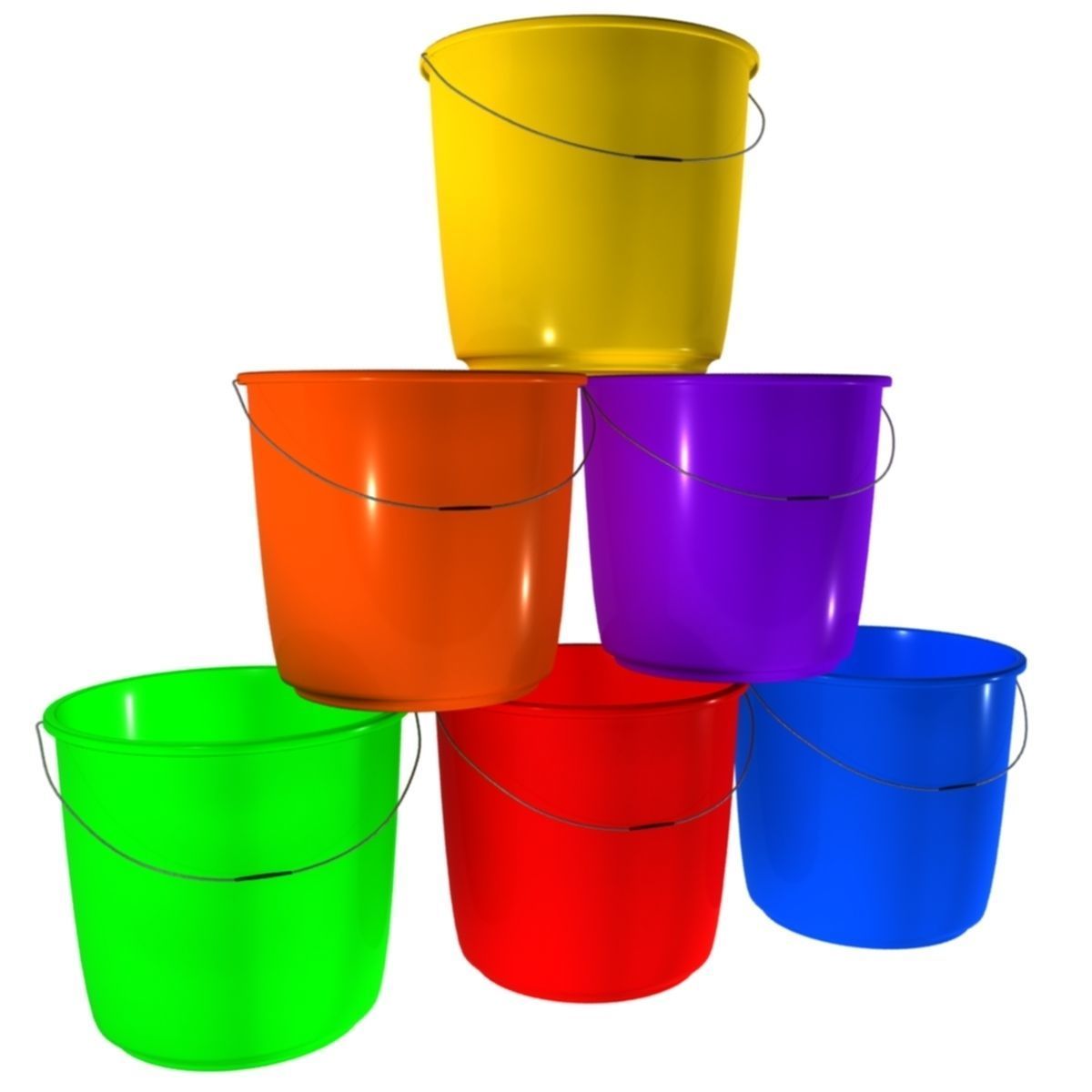4 Hacks for Using Plastic Buckets in Your Garden
 Every gardener needs a couple of buckets for hauling soil and water, but they are more versatile than most people think. “A simple plastic bucket can be used in a variety of different ways in the garden, and a handful of simple modifications can make them even more useful,” said Affordable American Containers. Since plastic buckets tend to be quite cheap, or even available for free under some circumstances, every gardener should be prepared to find a use for them. In many cases, they offer the easiest way to expand a garden.
Every gardener needs a couple of buckets for hauling soil and water, but they are more versatile than most people think. “A simple plastic bucket can be used in a variety of different ways in the garden, and a handful of simple modifications can make them even more useful,” said Affordable American Containers. Since plastic buckets tend to be quite cheap, or even available for free under some circumstances, every gardener should be prepared to find a use for them. In many cases, they offer the easiest way to expand a garden.
1- The Self-Watering Container
A self-watering container is an incredibly valuable tool for a gardener that wants to grow plants with as little work as possible. They exist in an intermediate area between traditional potted plants and modern hydroponics. The containers consist of a bucket with a reservoir at the bottom, with a growth medium of some kind places on top of that reservoir. An overflow hole goes in one side of the bucket to make sure that excessive water does not destroy the plants. In some cases, that hole has a tube running through it that connects to a second reservoir that can be used to refill the bucket. That minimizes wasted water and nutrients, so this system can also benefit the environment.
There are a lot of different designs out there, but they all work on the same principle. Simply putting a platform with a couple of holes in it in the bucket, and then putting some dirt on that platform, can make a crude system. However, there are many ways to improve it, and it’s worth putting in the effort to make a good container. The University of Maryland created one of the most popular designs, and it’s one that is so simple that even a novice gardener can build it without any trouble.
2- Container Gardening
Container gardening is one of the easiest ways to grow a plant, and plastic buckets are one of the best containers to use. They’re very sturdy, so they’re a great choice for plants that need to be moved regularly without breaking a pot. The buckets also tend to be fairly large, so they can hold plants that call for deep root systems. Gardeners who are going to keep their plants in an area where they can get rain, or novices who might water their plants too often, should be sure to drill a couple of drainage holes in the bottom of the bucket to allow excess water to escape.
3- Worm Composting
Every gardener knows that compost is valuable, especially the kind that comes from worms. Unfortunately, producing worm compost usually calls for large and expensive pieces of equipment. That stops many gardeners from using it, but plastic buckets can be used to make a simple alternative to conventional worm compost bins. Building one requires several buckets and takes a little more work than many other garden projects, but the benefits are more than enough to justify the extra effort.
It’s important to strike a balance between space and output when building these bins. Each bin is relatively small, but it won’t produce too much compost on its own. Building more of them will increase the output, but it will also require more materials to compost and take up more space. In general, it’s best to start with a single bin, but be ready to build more if necessary.
4- Mushroom Farming
It’s possible to start a mushroom garden in a plastic bucket. This resembles container gardening, but it calls for very different techniques to get a good harvest. Mushroom farmers start by filling their bucket with old coffee grounds or another growth medium that can support their fungus of choice. After that, the spawn are introduced into the bucket. That needs to be done with care to keep the spawn alive, but most people can get it right on their first try if they read instructions for the species that they are growing.
It’s vital to keep the mushrooms in the right environment when they grow. Most species want a cool, damp place, but some species do have other requirements. That usually means keeping the mushrooms away from the rest of the garden, so this is a great technique for people who want to grow more food but don’t have more outdoor space in which to do so.

















